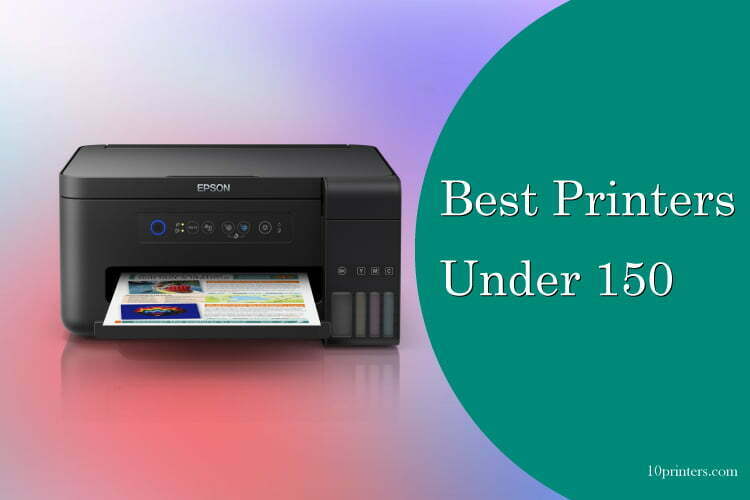Last Updated on August 10, 2022 by Jordi Hilpert
How to choose a 3D printer?
✔ Deciding on 3D printing technology
If you plan to produce in a small size, with sharp detail and with the smoothest possible surface of the product, it is better to choose a 3D printer based on SLA or DLP technology. This is exactly what 3D printers are designed for. Their printing technology is based on the fact that a laser beam illuminates a photopolymer resin. Thanks to this, it is possible to print the smallest details with high accuracy. The scope of such printers is the production of jewelry, dentistry, prototyping of various small structures and parts. If you need to print large details and the clarity of detail is not very important, an FDM-based printer will do. 3D printing on this printer occurs due to the layer-by-layer deposition of plastic.
Let’s take a closer look at FDM printers, since there is much more variety and options for choosing a printer.
✔ Printer design
Printers come in a closed design (the so-called “cubes”) and an open design. The latter usually have kinematics with a horizontally moving table and do not have the highest print speed. Such devices do not print very fast, and there may be print quality problems due to the complexity of the settings. This is the so-called wobble. The lack of a closed body can also cause print quality problems with high shrinkage plastics (ABS, Nylon). The main advantage of open case printers is their price, and it is usually lower. Most of the 3D printers that are represented by the leading manufacturers on the market have a closed design. In such printers, most of the disadvantages that are inherent in open-type printers are absent. Also, printers with a closed case have a more rigid design,
✔ Workspace size
At the moment, there are 3D printers on sale with a working area from (100mm x 100mm x 100mm) to (1m x 1m x 1m), but for most tasks, a printable area of 200mm x 200mm x 200mm is usually suitable. Most 3D printers have this size of the working area. When producing large parts, of course, it is better to choose a 3D printer with a large print area, but the larger the area, the more expensive the printer is, as a rule. In any case, even if the size of the part turns out to be larger than the printable area of the device, it can be divided into several components in a special editor, and then printed out each separately and assembled the components together.
✔ Print materials
Determine for yourself a list of possible materials with which you will print. This primarily applies to materials with a high degree of shrinkage, such as ABS and Nylon. In order to print with these materials, the 3D printer needs a heated bed. It is also desirable to have a closed case to provide a thermal circuit around the model. If you want to print only with PLA plastic, then a heated bed is not necessary.
✔ Size and changeable nozzle
Nozzle size 0.3-0.4 mm. usually enough to print most details. There are 3D printers in which you can change the nozzle to different diameters. But the need to print nozzles with a diameter other than 0.3-0.4 mm arises infrequently. Larger diameter nozzles may be needed for large parts, where it is important to reduce print time.
✔ Print layer thickness
Most 3D printer models print with a layer thickness of 0.1-0.2 mm, which is optimal for achieving acceptable quality and acceptable print speed. There are 3D printers that allow you to print with a layer of less than 0.05 mm and get very high quality and highly detailed products. But the printing time of such a thickness increases dramatically. Therefore, if it is high quality, detail and maximum print speed that are important to you, then it is better to choose from the 3D printers that we talked about at the very beginning. These are 3D printers using SLA or DLP technology.
✔ Select brand of 3D printer
Among manufacturers, it is traditionally customary to eschew Chinese brands. I must say that it is time to leave this approach in the past. In recent years, China has significantly raised the quality, pulling itself up to the world leaders. Yes, and they, in the struggle for economy, have long transferred production to the Middle Kingdom. Therefore, it is better not to succumb to outdated prejudices, but to choose a 3D printer after reading the reviews of those who purchased the equipment and managed to use it. For example, the Chinese UP has long enjoyed well-deserved success in the world. Russian (!) Models also look worthy.





